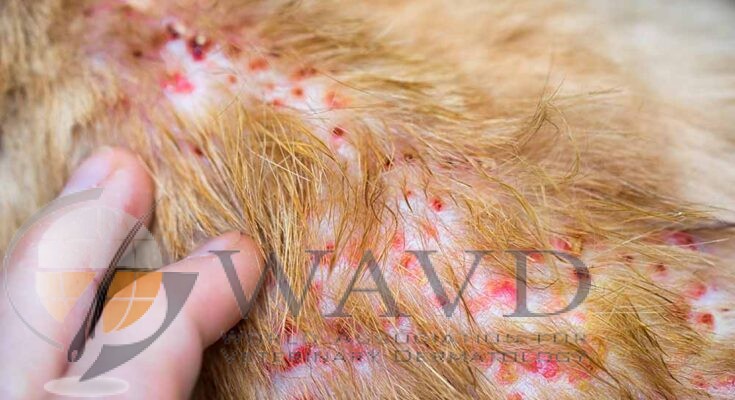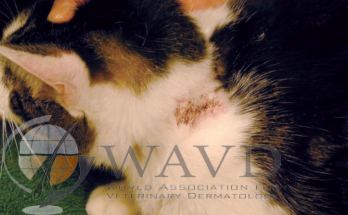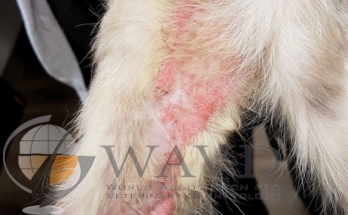It can be alarming to pet your cat and find scabs. This feline skin condition is miliary dermatitis, and it takes its name from scabrous sores that resemble millets. Like millet itself, this skin allergy affecting cats is not just one thing, but a symptomatic name that encompasses a range of potential allergens and reactions to them. Let’s look more closely at the possible reasons for scabs on cats and why they appear on your kitty’s back, neck and tail.
There are many causes of miliary dermatitis in cats, external and internal, but they express themselves in the same ways and with the same set of symptoms. We’ve mentioned scabs on cats, but these are only the most obvious and telling signs. Before the appearance of scabs on cats, you may notice your pet begin a regimen of outrageously excessive self-grooming. Now, cats spend nearly half their waking life licking and cleaning themselves, so is there a distinction?
With dermatitis, skin inflammation’s first yield is an itchy rash, which can be difficult to perceive, depending on the length of a cat’s coat. One sure symptom of miliary dermatitis? Repeated attention to a specific and localized area by licking, scratching or biting it. As the rash spreads, a feline may not only groom obsessively but begin balding at those sites. Areas typically affected are the neck and the spot where the tail meets the trunk.



